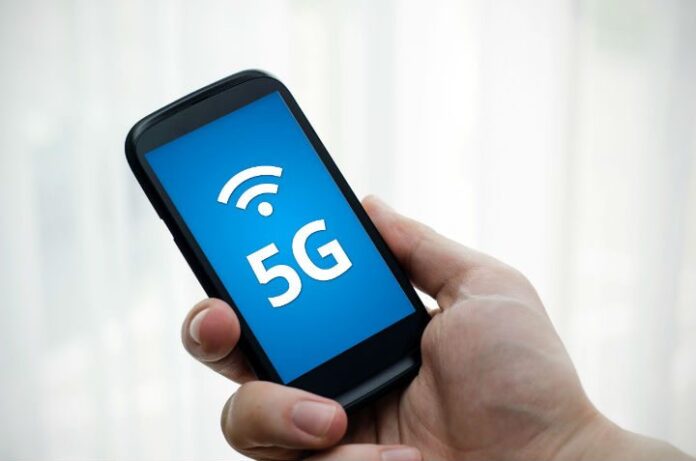5G network slicing work to use network virtualization, hyperscale data center
SK Telecom and Ericsson plan to tap virtualized network software to support “network slicing” technology in the core of the telecom operator’s “5G” network plans.
The two firms said the memorandum of understanding covers work on network slicing as well as continued work on a joint 5G testbed. SK and Ericsson last year signed an agreement to conduct joint research on “5G-related technologies” geared toward demonstrating 5G services during the 2018 Winter Olympic Games scheduled to be held in Pyeongchang, South Korea.
As part of the network slicing work, the two companies said they plan to build the world’s first 5G-ready hyperscale data center system that “guarantees high performance and reliability for IT and virtualized telco services.” Ericsson explained that the network slicing component is based on a virtual evolved packet core, with the development expected to provide SK Telecom with more efficient and finer control over network resources and reduce deployment time for new services.
This work is said to be increasingly important for 5G networks that will be designed to support a growing number of future-looking business models, including virtual reality, augmented reality, super multiview video streaming and holograms that require the network to deliver a large amount of content in real time with minimal delay. The companies also cited current applications expected to take advantage of 5G services such as the “Internet of Things,” where sensors sporadically send and receive small amounts of data on a massive scale simultaneously.
“Virtual network architecture, including network slicing, is critical to supporting new services in the era of 5G,” said Alex Jinsung Choi, CTO at SK Telecom, in a statement. “We will build an optimal network for a wide array of services from the overall end-to-end standpoint, and pioneer the evolution of innovative networks.”
SK Telecom has been one of the more vocal proponents of pushing 5G-related work. The carrier last month announced a partnership with Nokia resulting in a new network architecture that separated the user plane from the control plane within the LTE core that is expected to offer the benefits of both centralized and distributed network models.
Bored? Why not follow me on Twitter

